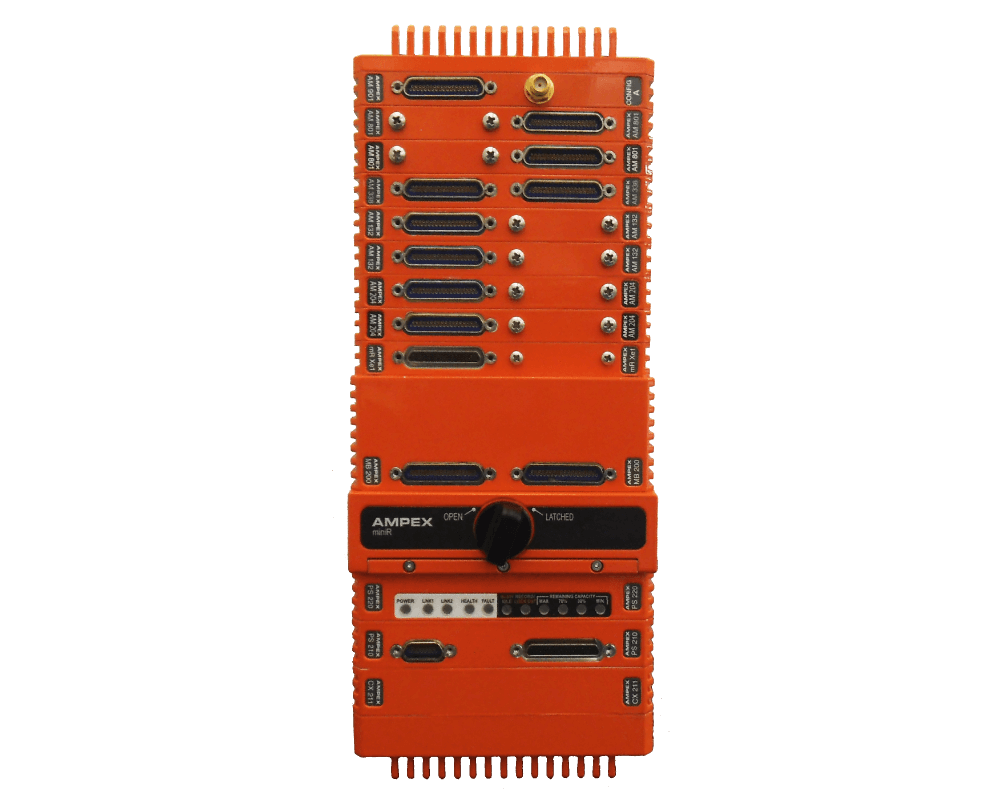miniRv2
Introducing the MiniRv2 Solid State Recorder – a compact and powerful solution offering increased throughput, expanded storage, and flexible user configuration. With backwards compatibility and versatile I/O options, it captures traditional flight test data, telemetry, electronic warfare signals, and more. Its lower-cost solid-state mRMM and future-ready design ensure optimal performance and seamless adaptability. Upgrade your recording capabilities with the MiniRv2.

